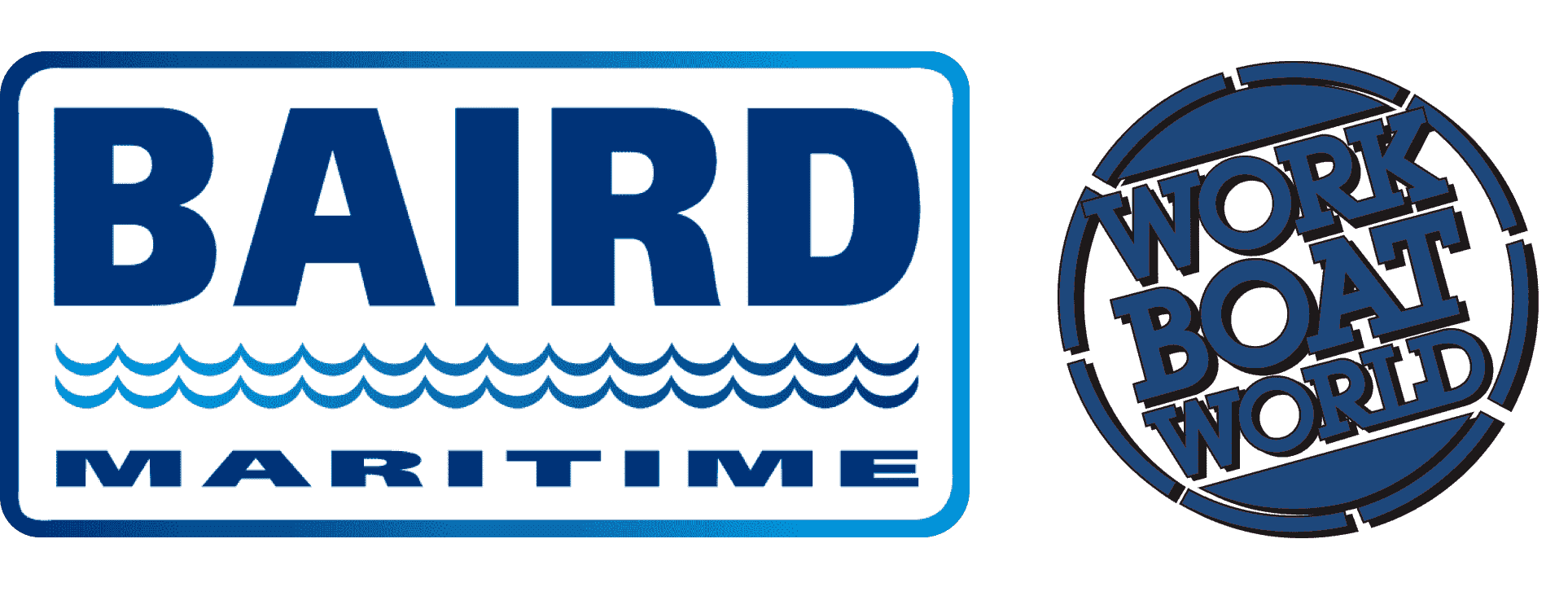VESSEL REVIEW | INS Nilgiri – New locally built stealth frigate class for Indian Navy
The Indian Navy recently commissioned three new stealth warships into service.
INS Nilgiri, INS Udaygiri, and INS Himgiri all belong to the seven-strong locally built Nilgiri-class frigates ordered by the Indian Navy to complement its Shivalik-class ships. The first and second frigates Nilgiri and Udaygiri were built by Mazagon Dock Shipbuilders while the third ship Himgiri was built by Garden Reach Shipbuilders and Engineers (GRSE).
Design work on all three ships was undertaken by the Indian Navy’s own Warship Design Bureau. Their missions include anti-surface warfare, anti-submarine warfare, and anti-air warfare.
Boasting reduced radar, infrared and acoustic signatures
The frigates each have a length of 149 metres (489 feet), a beam of 17.8 metres (58.4 feet), a draught of 5.22 metres (17.1 feet), a displacement of 6,670 tonnes, and a crew complement of 226.
The Nilgiri-class frigates are notable for being among the first Indian Navy surface ships built using the integrated modular construction methodology. Through this approach, entire blocks are already pre-assembled and pre-outfitted with some of the essential onboard systems and then integrated with each other to form the hull.
In the case of Himgiri, construction of some portions of the hull blocks was done at a number of smaller local shipyards and other facilities while final integration and assembly took place at GRSE’s facilities in Kolkata.
To reduce their radar cross-sections, the ships utilise composite material on areas of the hull and the superstructure and radar-absorbent exterior coatings, while fluid injection helps reduce the plumes from the propulsion exhaust, thereby giving them significantly reduced infrared signatures.
Two MAN 12V28/33D STC four-stroke engines and two GE LM2500 gas turbines in a combined diesel and gas configuration will drive controllable-pitch propellers to deliver a top speed of 32 knots and a range of 5,500 nautical miles at cruising speeds of between 16 and 18 knots.
The propellers have been specially designed so that cavitation is possible only at higher speeds, thus ensuring that low-speed transits will generate only minimal hydrodynamic noise.
Comprehensive weapons selection for offensive and defensive missions
Each ship also has space for two rigid inflatable boats and a flight deck and an enclosed hangar for use by a Dhruv or Sea King multi-role helicopter.
The armament on each frigate meanwhile includes an OTO Melara 76mm naval gun; two AK-630M 30mm close-in weapon systems for point defence against hostile missiles and low-flying aircraft; 32 Barak 8 surface-to-air missiles housed in vertical launch system (VLS) cells: eight BrahMos anti-ship missiles also housed in VLS cells; torpedoes; 72 anti-submarine rockets deployed via RBU-6000 launchers; and two Browning M2 12.7mm machine guns fitted on remotely controlled weapons mounts.
The electronics suite on each ship meanwhile includes an IAI S-band AESA radar, an Indra Sistemas-TASL L-band air surveillance radar, a Bharat Electronics active/passive sonar, a combat management system, and electronic warfare and electronic countermeasure systems developed by the Defence Research and Development Organisation of the Indian Ministry of Defence.
Also fitted are Kavach missile decoy countermeasure launchers and NSTL Maareech torpedo countermeasure systems.
Nilgiri, Udaygiri, and Himgiri have all been assigned to the Indian Navy’s Eastern Fleet, which is responsible for the Bay of Bengal. The frigates will also form part of the battle group centred on the locally built aircraft carrier INS Vikrant.
The four remaining Nilgiri-class ships have already been launched and are due to be delivered between the fourth quarter of 2025 and the third quarter of 2026.


